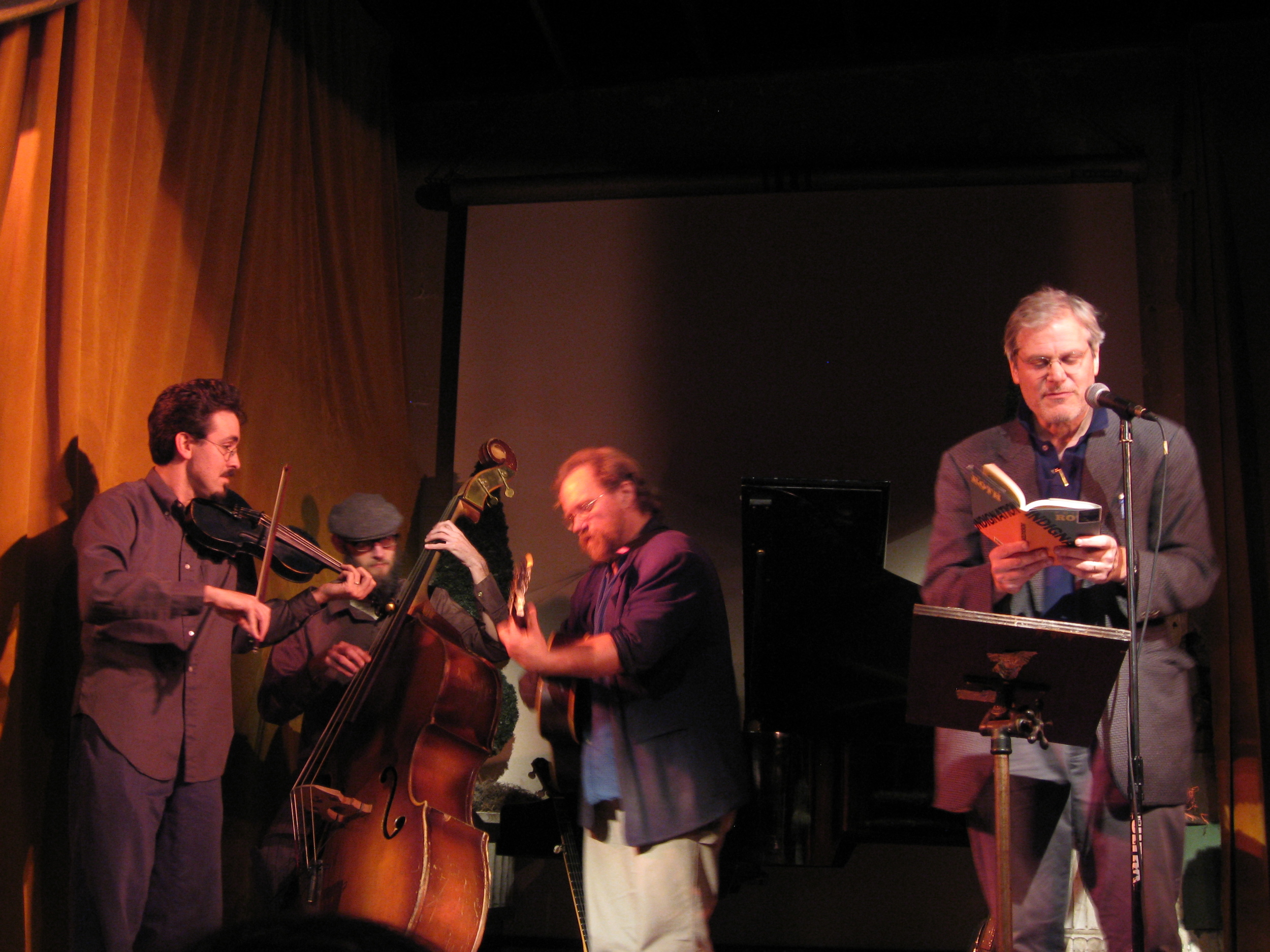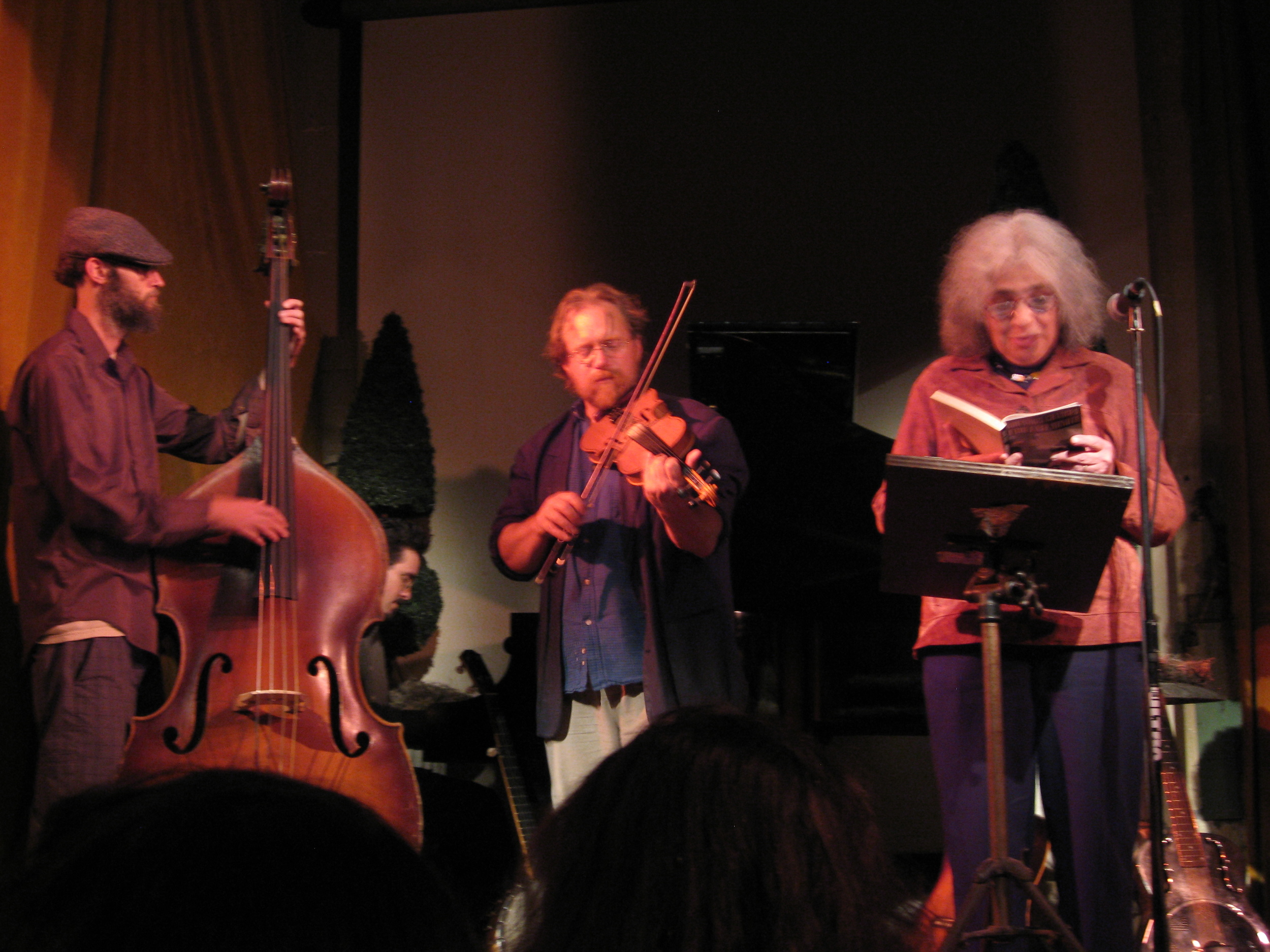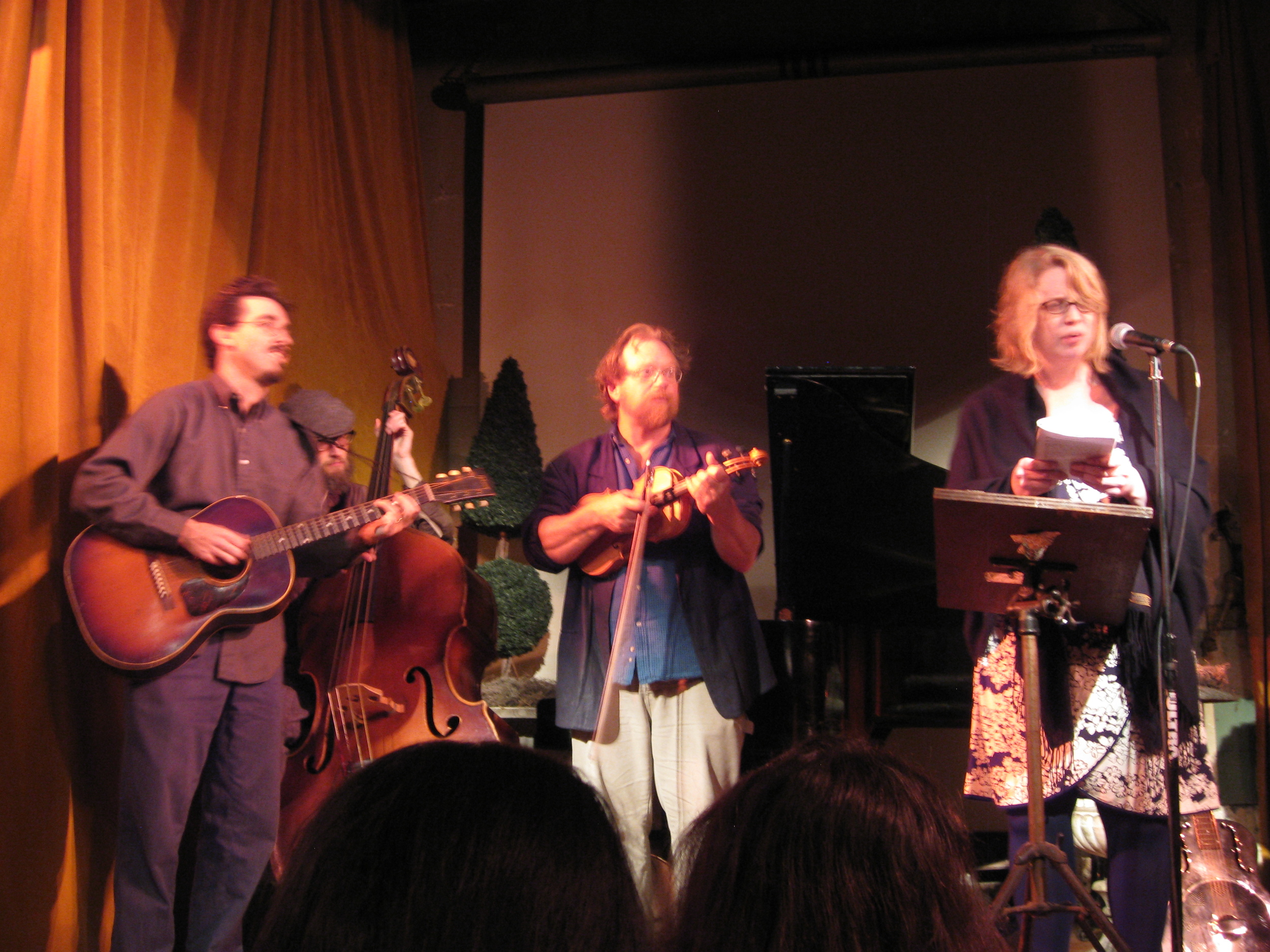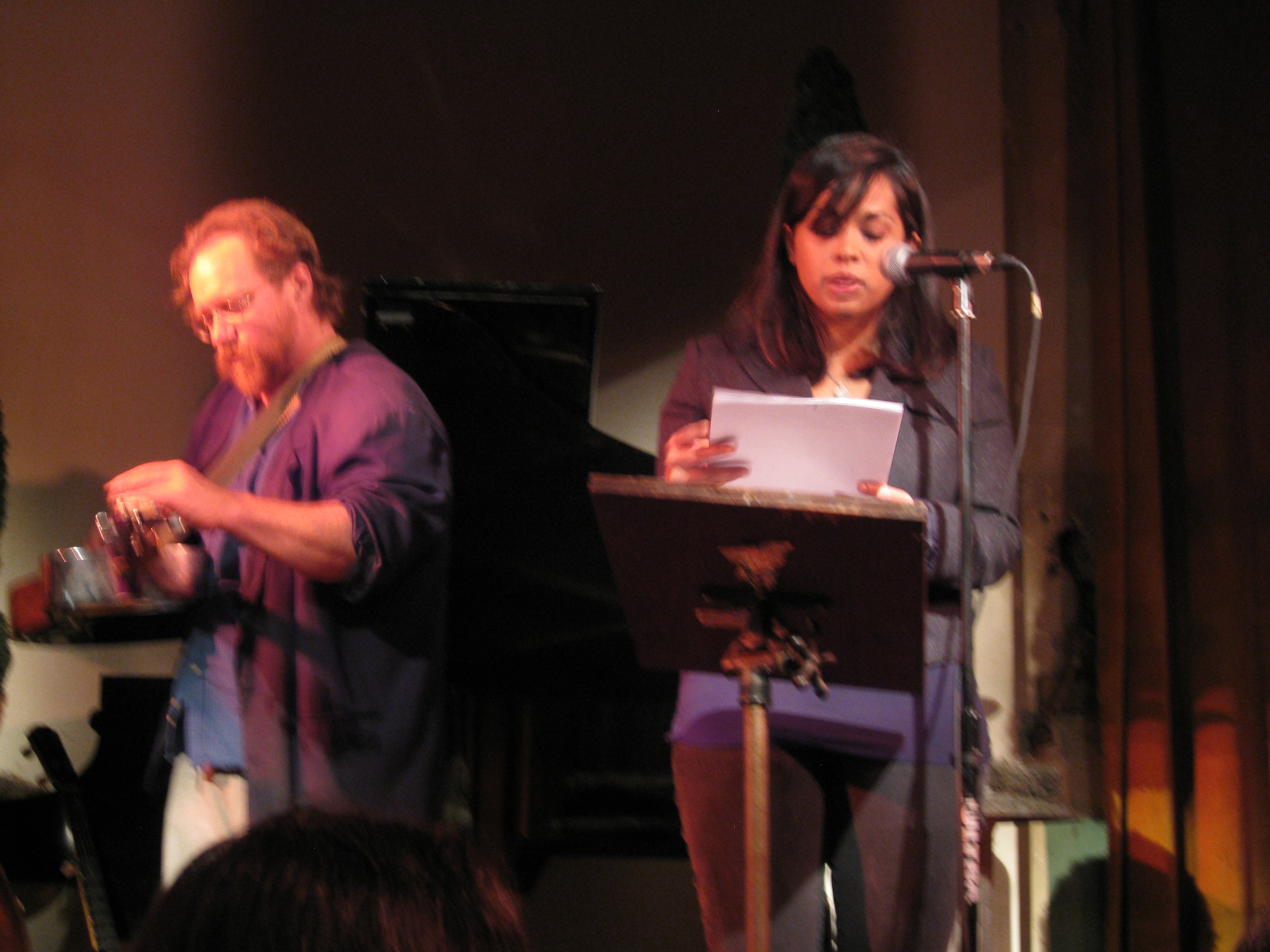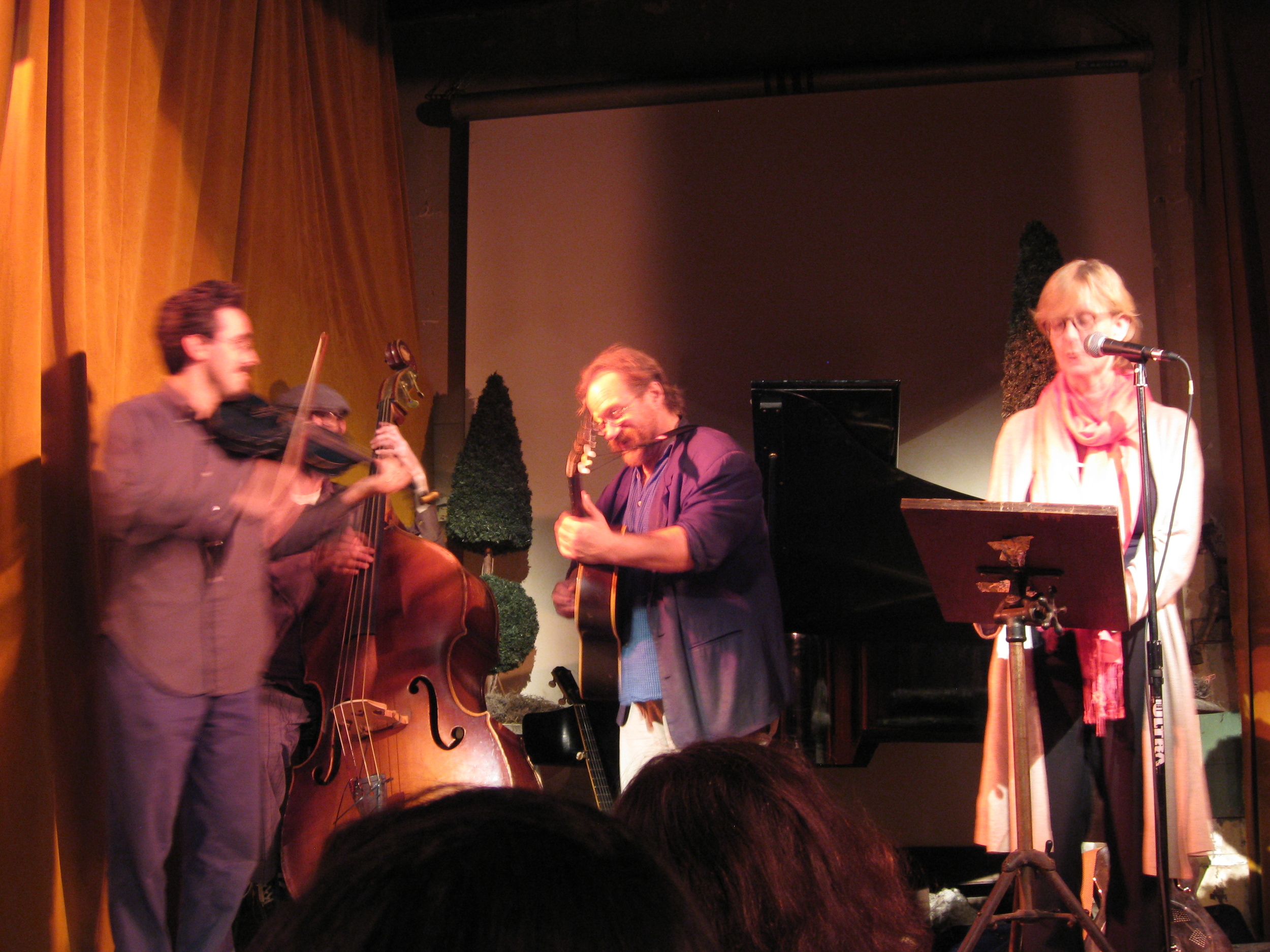Over the holiday, I read Michael Chabon's new book, which has in it a very poignant essay about (among other things) oldies radio — how one day the songs you grew up with are now oldies, while meanwhile the the songs that used to be your oldies, like Elvis and doo-wop, are falling away from radio forever. In today's radio culture, a song like Ben E. King's "Stand by Me," a baby-boomer favorite that had resonance for the generation of two after the boomers because of of the movie Stand by Me and, moreover, because it's a great song, is now lumped together with all the way old crooner stuff, the Como and Sinatra, the Rosemary Clooney, which, while it has its own merits, is for the boomers and all the rest of us basically grandmom's music. Even early Beatles don't really make it onto FM radio much any more — if you remember the Beatles on Ed Sullivan, then you almost sixty or even older, which is to say a small percentage of the radio listening audience. And not a demographic advertisers care about (unless they are advertising prescription drugs). What does this all mean for me? Only that today, driving back from New York City with my 3-year-old fast asleep in the back seat, I flipped through the radio until it landed on the sublime "Super Freak," the 1981 hit by Rick James.
I grooved through the last minute or two of that song, it faded out, and then I was hit with "Ventura Highway," the 1972 bit of lite Americana by the band America.
Now, I love both "Super Freak" and "Ventura Highway," truly. They are both catchy and lyrically memorable, and they both have the power to evoke a certain time in one's life. Now, the times they evoke in my life never really happened, but rather seem as if they must have happened — but it's a special kind of song that has the power to do that, too. BUT, and this is the point, they are two songs with nothing in common artistically, thematically, or culturally. They have been yoked together by some radio programmer out in ClearChannelLand only because they figure some guy in his forties (or maybe in his mid-thirties, but with an affinity for both music of his own time and the lite fare of his father's time) will remember and enjoy them both.
In other words, if one thinks that a radio station ought to have a character, then this is a purely cynical programming move, putting "Super Freak" and "Ventura Highway" together. Which is another way of saying that nobody really expects radio stations to have a character any more. DJs don't get to make playlists, and radio stations don't serve meaningful communities of listeners.
To that latter point: there used to be a New Haven DJ named Vinnie Penn, who worked the morning show on WKCI ("KC-101"), a Top 40 station broadcasting out of Hamden, one town to the north of New Haven. Vinnie — who also had the honor of working with Glenn Beck when Beck was a crappy New Haven–based morning jock — wasn't everyone's cup of tea, but he was beloved by others. He could be crude and juvenile, to say the least, and at times could be quite smart. Anyway, what I liked about him was that he was a New Havener. His show was peppered with references to real New Haven hangouts, to what New Haven was like in his 1980s childhood, to stereotypes of surrounding towns in Connecticut, etc. In other words, he was our neighbor: Our Neighbor Vinnie.
After he resigned/was fired/was forced out, he was replaced by this dude with the fake name Mike Maze. (To be fair, Vinnie Penn was a shortened, so fake, name too. If I ever stalk the airwaves, it will be as Mark Oppenheimer, as in "Oppenheimer," the song by the Old 97s.) From what I can tell, Maze isn't the biggest moron on the air, but he is no New Havener, nor do his ClearChannelBosses seem to have any expectation that he be. His show could come from anywhere, and it seems to go nowhere. It has no grounding, except in the pop-culture reality-TV ether. For some reason, the idea behind a lot of morning shows now is to re-hash the TV of the night before.
I miss the way radio used to be. I came along way after the heyday of free-form. I never knew a time when DJs had any real power over what they played. But at least they weren't playing "Ventura Highway" after "Super Freak."

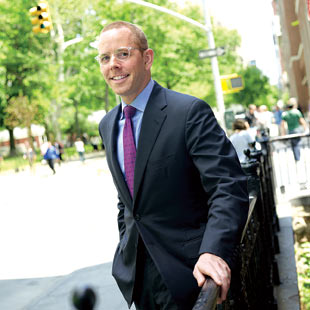


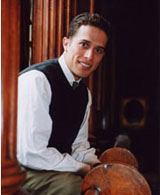

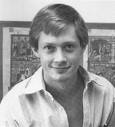
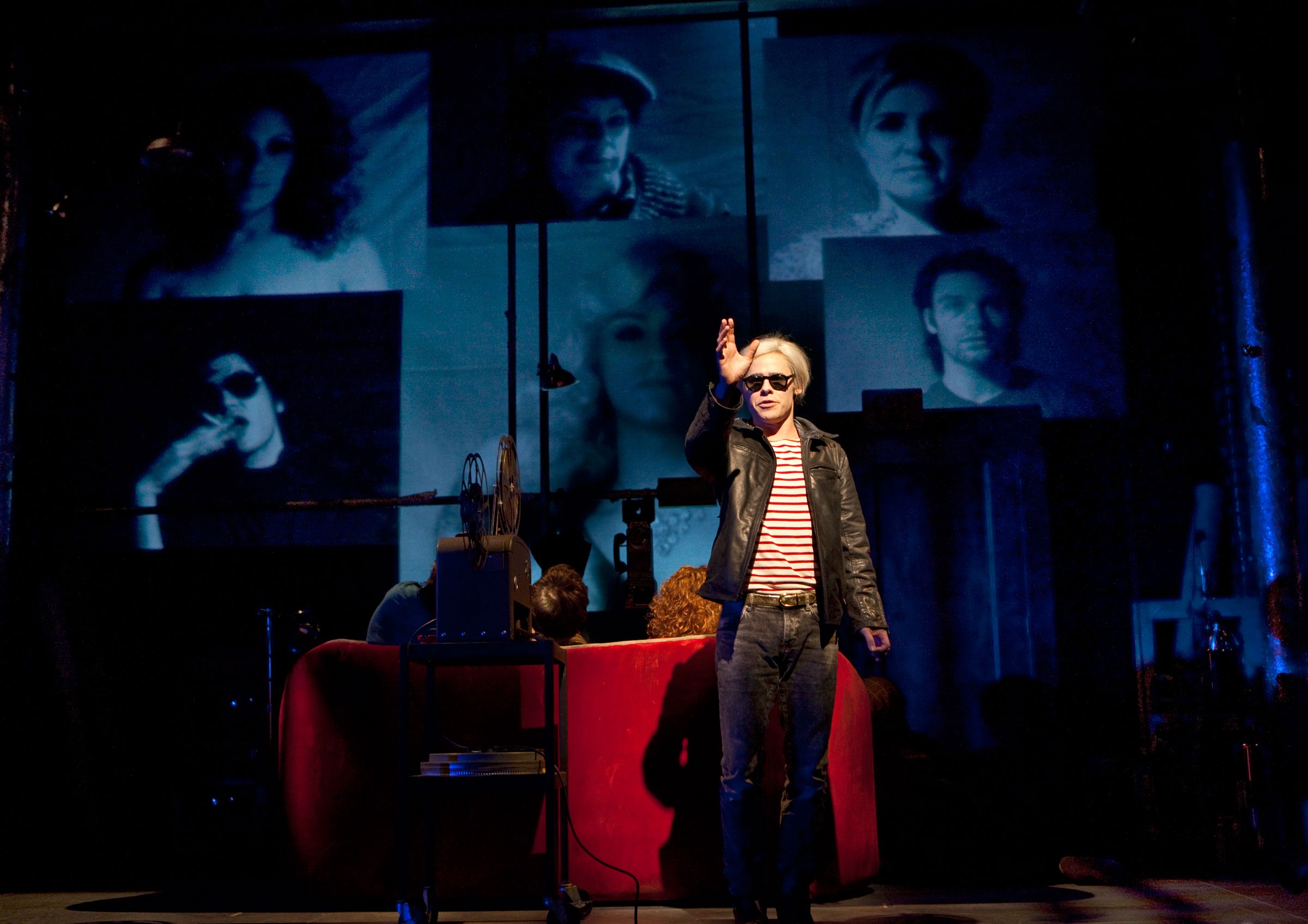 Pop!, the new musical now playing in its world premiere at the Yale Rep, could have been a camp classic: staging a song-and-dance extravaganza on the shooting of famed pop artist, provocateur, and blasé icon Andy Warhol at the hands of a disaffected feminist revolutionary, Valerie Solanis, in 1968. The silver Factory, Warhol’s headquarters at 231 East 47th street in NY, was famed for its stable of hangers-on, including “poor little rich girl” Edie Sedgwick, pre-op transexual Candy Darling, and other would-be geniuses. From this remove, it would be possible to play these characters for laughs, as a collective disgorging of whatever is stored in the closet marked “NYC Underground c. 1967.” Along the way, we might be amused (or not) by the fact that one of these “superstars” had the wherewithal to shoot and critically wound The Master.
Pop!, the new musical now playing in its world premiere at the Yale Rep, could have been a camp classic: staging a song-and-dance extravaganza on the shooting of famed pop artist, provocateur, and blasé icon Andy Warhol at the hands of a disaffected feminist revolutionary, Valerie Solanis, in 1968. The silver Factory, Warhol’s headquarters at 231 East 47th street in NY, was famed for its stable of hangers-on, including “poor little rich girl” Edie Sedgwick, pre-op transexual Candy Darling, and other would-be geniuses. From this remove, it would be possible to play these characters for laughs, as a collective disgorging of whatever is stored in the closet marked “NYC Underground c. 1967.” Along the way, we might be amused (or not) by the fact that one of these “superstars” had the wherewithal to shoot and critically wound The Master.
